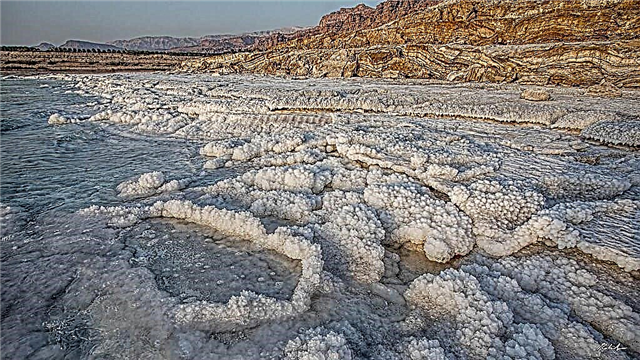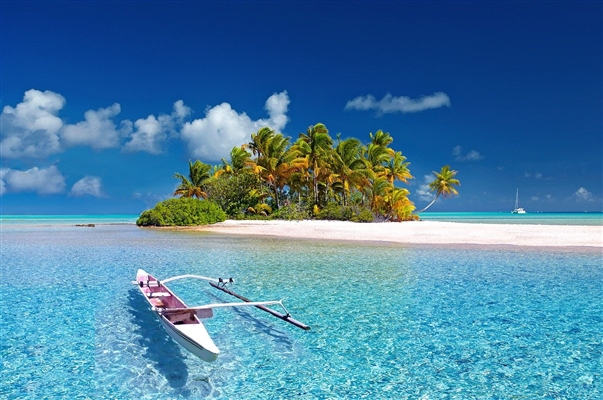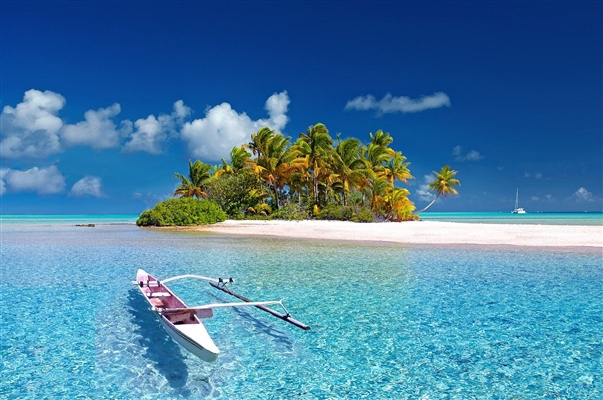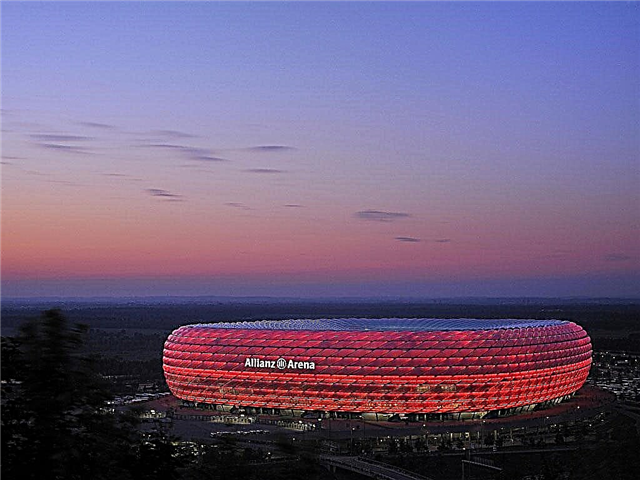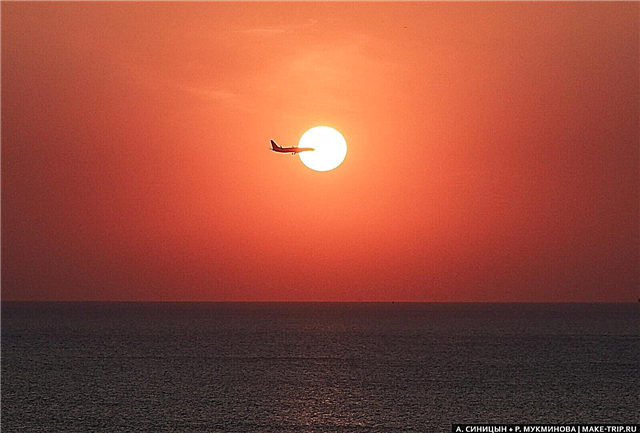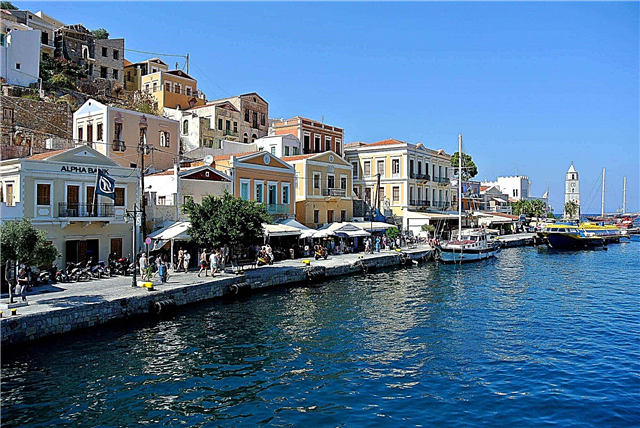The last official population census took place in Greece in 2011. The population in most settlements does not even reach 60 thousand people. The metropolitan agglomeration has 3.7 million inhabitants, while about 664 thousand live in Athens itself. The cities of Greece can be roughly divided into three categories.
Some are rich in historical and especially archaeological sights, the second are located on the coast and attract tourists with a beach holiday, and still others combine both directions. For example, Karditsa tries to amaze with architecture and a picturesque park, Chania - beaches marked with the Blue Flag for their cleanliness, and in Patras during the season you can comfortably relax on the coast and explore the ruins in the Upper Town.
The largest cities in Greece
List of the largest cities in terms of population in the country.
Athens
The capital of Greece, named after the goddess of war. The Attica region, which includes Athens, is the most populous part of the country. The rich cultural and historical heritage is reflected in the collections of the city's 250 museums. Sightseeing: Acropolis of Athens, Temple of Zeus, Tower of the Winds, agora, Kesariani Monastery. Resorts have been built around, guaranteeing both a comfortable beach holiday and an entertainment program.
Population - 664,046 people (2011).

Thessaloniki
Major seaport of the Aegean Sea. Here is the Aristotle University - the largest institution of higher education in the Balkans. The city's monuments dating back to the Byzantine and early Christian eras are included in the UNESCO World Heritage List. 15 large museums allow you to get acquainted with the history, traditions and culture of the region. In summer, the villages around Thessaloniki are filled with beach lovers.
Population - 325,181 people (2011).

Patras
The largest settlement of the Peloponnese peninsula. The local cathedral, bearing the name of St. Andrew the Primordial, is one of the most revered Orthodox churches in Greece. Patras is conventionally divided into two parts. Upper Town - residential areas, ruins, historical sites. Lower town - coastline, beaches, tourist infrastructure.
Population - 167 446 people (2011).

Larissa
The central city of Thessaly. Residential areas stretch along both banks of the Pinios River. Larissa is not very rich in sights, but there are plenty of iconic places in the region. For example, Mount Olympus is the "home" of the gods of the Greek pantheon, the monasteries of Meteora, as well as the Thermopylae Gorge, where, according to legend, the Spartans performed their feat. There is a monastery 30 kilometers from the city, where fairs and the exchange of traditional types of seeds are held.
Population - 144 651 people (2011).
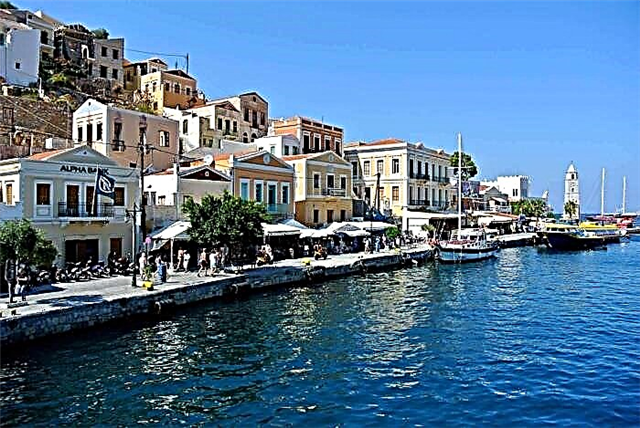
Heraklion
The capital of the island of Crete. When entering the city harbor, guests are greeted by the Venetian fortress Kules, the symbol of Heraklion. The famous Morosini fountain is installed on the Lion Square. The main collection of the archaeological museum is the exhibits of the Minoan culture. An arts festival is held from early summer to September. It includes traveling exhibitions, concert programs and colorful shows.
Population - 140 730 people (2011).

Acharne
It is considered a suburb of the capital. Until the beginning of the last century, it was called Menidion. The Folk Art Museum has collected exhibits from all over Attica. The Monastery of St. Paraskeva is the spiritual center of the non-canonical Church of True Orthodox Christians in Greece and a gathering place for pilgrims. In Aharna there is also a temple of the Old Believers, bearing the name of the Holy Great Martyr Demetrius.
Population - 99 346 people (2011).

Hair
The port of the Aegean Sea, located at Mount Pelion, where, according to legend, the centaurs lived. The city is called the "pearl" of Thessaly because of the complex of natural and man-made beauties, as well as the tourist infrastructure. Volos hotels are distinguished by excellent service and availability. The beaches are marked with the Blue Flag label. Excursions to nearby islands start from the harbor. The Municipal Gallery contains paintings by contemporary Greek artists.
Population - 86,046 people (2011).

Kavala
Based on the coast of the bay of the same name. The city's port is an important transport hub. In the Middle Ages, an aqueduct appeared in Kavala, which has now become a tourist attraction. The ethnographic center is located in the Imaret guesthouse of the 14th century. In addition to the beach, wellness recreation is also developed. Nearby is the ancient city of Philippi, among the ruins of which you can discern the outlines of former temples, theaters and other buildings.
Population - 76 186 people (2011).

Ioannina
It is located on the shore of the lake of the same name at an altitude of 500 meters above sea level. There is an island on the lake where tourists are taken by boats. In addition to taverns and souvenir shops, there are active monasteries there. One of the cloisters was converted into a museum. This monastery was built by the Ottoman vizier as a gift to his Christian wife. One of the oldest castles of the Byzantine era, a fortress from the first half of the 6th century, has survived in Ioannina.
Population - 65,574 people (2011).

Trikala
Mention is made of Homer's Iliad called Tricka. The city is divided into two parts by the Liteos River. A Byzantine fortress now stands on the site of the ancient acropolis. Monuments of the Roman and Hellenistic periods - baths, porticoes with one or two rows of columns, mosaics. In the "new" city, the most interesting are two churches: the Holy Unmercenaries and St. Demetrius Thessaloniki.
Population - 61 653 people (2011).

Chalcis
It stands on the coast of the Strait of Evryp, famous for its strong currents and whirlpools. The Church of St. Paraskeva is one of the main prides of the city. The interior decoration contains the best example of Italian Gothic stone carving in Greece. The central arch above the iconostasis, fragments of the ceiling and walls are decorated. Two bridges connect Chalkida to the mainland.
Population - 59 125 people (2011).

Serres
A city in the north of Greece, from where it is only 71 kilometers to Thessaloniki. The Roman cemetery and the ruins of Byzantine fortifications, found during excavations, testify to the settlement of these lands since time immemorial. The Basilica of Agii Theodori was erected in 1430. Five centuries later, it burned down and was rebuilt. The temple of Agios Nikolaos has been preserved on the territory of the fortress. There are also mosques in Serres - a heritage from the Turkish period.
Population - 58 287 people (2011).

Alexandroupoli
A port city at the intersection of sea and land trade routes. From here it is close to the borders with Bulgaria and Turkey. Alexandroupoli was founded by fishermen in the century before last. Sightseeing: Turkish lighthouse on the embankment, Ethnographic Museum, St. Nicholas Cathedral. The ruins of ancient sanctuaries have been preserved in the vicinity. A wide range of hotels and spa vacation options.
Population - 57 812 people (2011).
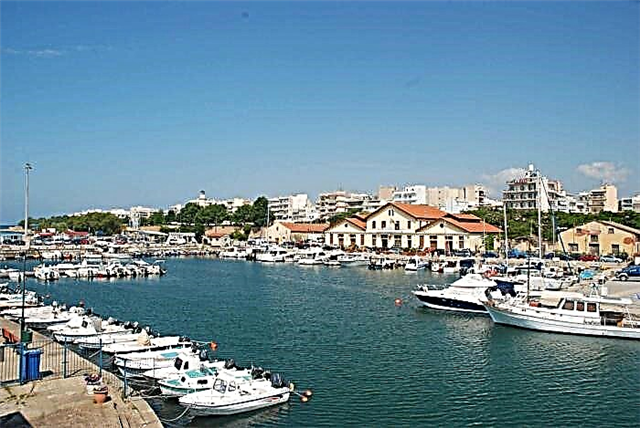
Katerini
A lively, relatively young city named after a Christian martyr. The location near Mount Olympus, a UNESCO World Heritage Site, gives Katerini an additional tourist flow. Resort holidays are the main reason for visiting the city. Beaches, hotels, cafes and nightlife are available to the guests. Various excursion routes start from here.
Population - 56 434 people (2011).

Xanthi
It existed even before our era, but gained popularity in the 18th century: high-quality tobacco was produced here. Xanthi attracts lovers of outdoor activities, the options for which are mass: rafting, fishing, mountaineering, cycling. Ecotourists and bird watchers have chosen the surroundings. The historical part of the city is a real open-air museum. There is a fair on Saturdays and a big carnival is held every February.
Population - 56 122 people (2011).

Kalamata
Located in the southwestern part of the Peloponnese peninsula. The 1986 earthquake led to the need to rebuild the city.Miraculously survived the Byzantine churches, the Church of the Holy Apostles of the XIII century and the Cathedral of the Savior on Ipanandi Square. The Benaki family's mansion was taken over as an archaeological museum. A beach holiday is developed, modern hotels are built right on the shore.
Population - 54,100 people (2011).

Chania
One of the largest cities in Crete. The historical part of Chania survived even during the Second World War and is a decoration of the entire region. For walking, it is best to choose the Topanas and Kastelli districts. On the coast, there are both sandy and small pebble beaches. Some of them are surrounded by pine forests. Stalos Beach has been awarded the Blue Flag for its cleanliness.
Population - 53 910 people (2011).
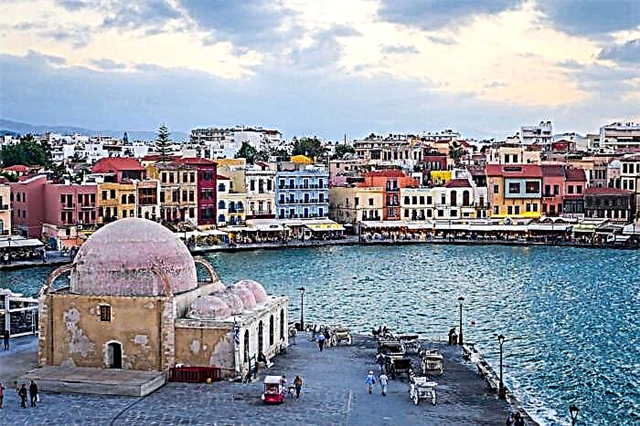
Lamia
The city is spread over the territory of two large hills near the Gulf of the Aegean Sea. A traditional annual parade is held on Freedom Square. The main cathedral of the city is located nearby. There are other squares in Lamia: Diacos, Parkovaya, Narodnaya. They are decorated with statues and are surrounded by outdoor cafes and shops. The collection of the archaeological museum was placed on the first floor of the former barracks building.
Population - 52,006 people (2011).

Komotini
The city has retained the old layout of streets and quarters. In the historical part of Komotini there are iconic landmarks, such as the Byzantine fortress. Several museums have been opened, including an archaeological and ethnographic one. Everywhere there are shops with souvenirs and local products, as well as cafes with national cuisine. In the vicinity of the city there is a fort Nymphea and a grove of the same name.
Population - 50 990 people (2011).

Rhodes
Center of the island of the same name. Trade, fishing, agriculture and tourism are the backbone of the city's economy. One of the wonders of the world - the Colossus of Rhodes has stood in Rhodes for almost half a century. Of the preserved attractions, the Rhodes Fortress deserves special attention - a UNESCO World Heritage Site, a bronze deer in the harbor, the ruins of the temple of Aphrodite, the fort of St. Nicholas, and windmills.
Population - 49 541 people (2011).

Agrinion
A major center of the tobacco industry. The city was founded before our era, but it was completely rebuilt after the earthquake of 1887. The central square is decorated on holidays and during festivals, so it looks smart almost all year round. In the vicinity of Agrinion there is the picturesque Klaisoura gorge, as well as the ruins of the Church of the Holy Trinity on the shores of Lake Lysimachia.
Population - 46 899 people (2011).

Drama
It has existed since the days of Roman rule. In the past, the city had a commercial and military purpose, but now it is more focused on agriculture and ecotourism. The archaeological museum contains finds from several regions of the country. The slopes of Mount Falakrona have become the site of the construction of a modern ski resort. An international short film festival is held annually in Drama.
Population - 44 823 people (2011).

Veria
Occupies the eastern slopes of the Vermion mountain range. It is a trading city selling textiles, handicrafts, pasta and canned fruits, among others. The Jewish Quarter, the preaching site of the Apostle Paul, many churches and monuments from different periods, the necropolis and fragments of ancient walls are the most interesting city sites. Opened 2 museums: Byzantine and archaeological.
Population - 43,158 people (2011).

Kozani
Located in the hollow between the mountains Vurinos and Vermion. The city maintains a long tradition in terms of folklore, cuisine and way of life. Even outside the country, Kozani is known as a saffron production site. The most interesting place for walking is Nikis Square, from where roads lead to museums and architectural beauties. At the end of winter, there is a large carnival in honor of Dionas.
Population - 41,066 people (2011).

Karditsa
There are two variants of the origin of the name: from the words meaning "walnut" or "heart". The latter is explained by the location of the city close to the center of Greece. Sightseeing: Cathedral of Constantine and Helena, Arni Hotel, Pafsilipu Park, Museum of Christianity, Archaeological Museum. There are different styles in the architecture of Karditsa, but the market building is the only representative of modernity.
Population - 38 554 people (2011).


